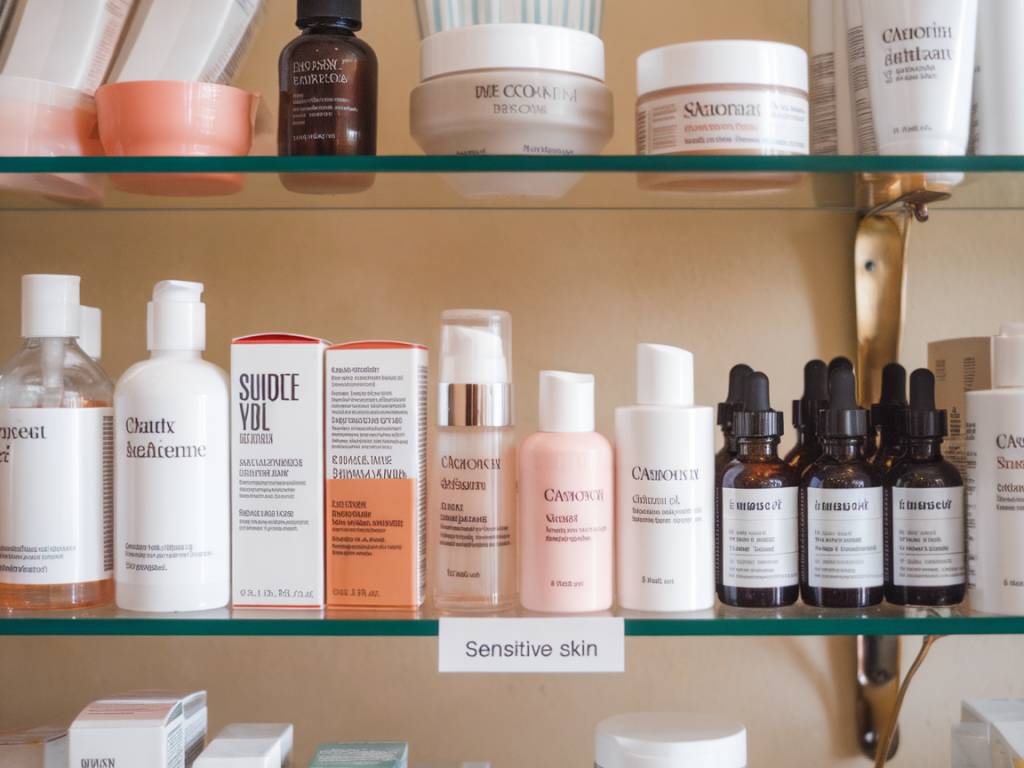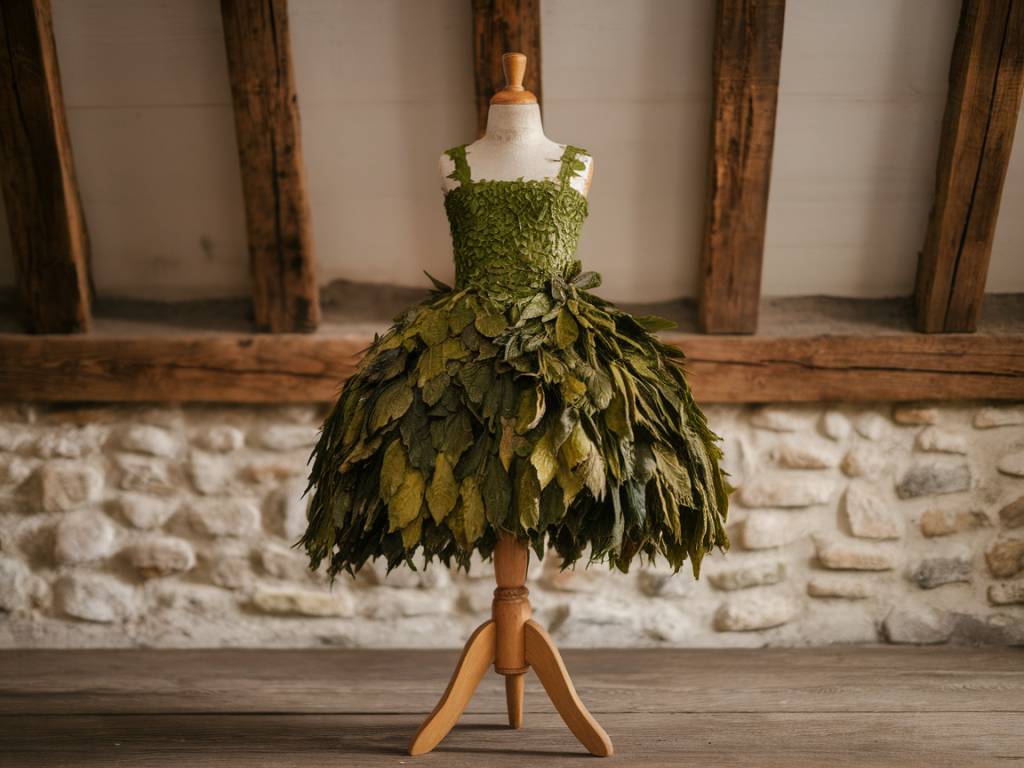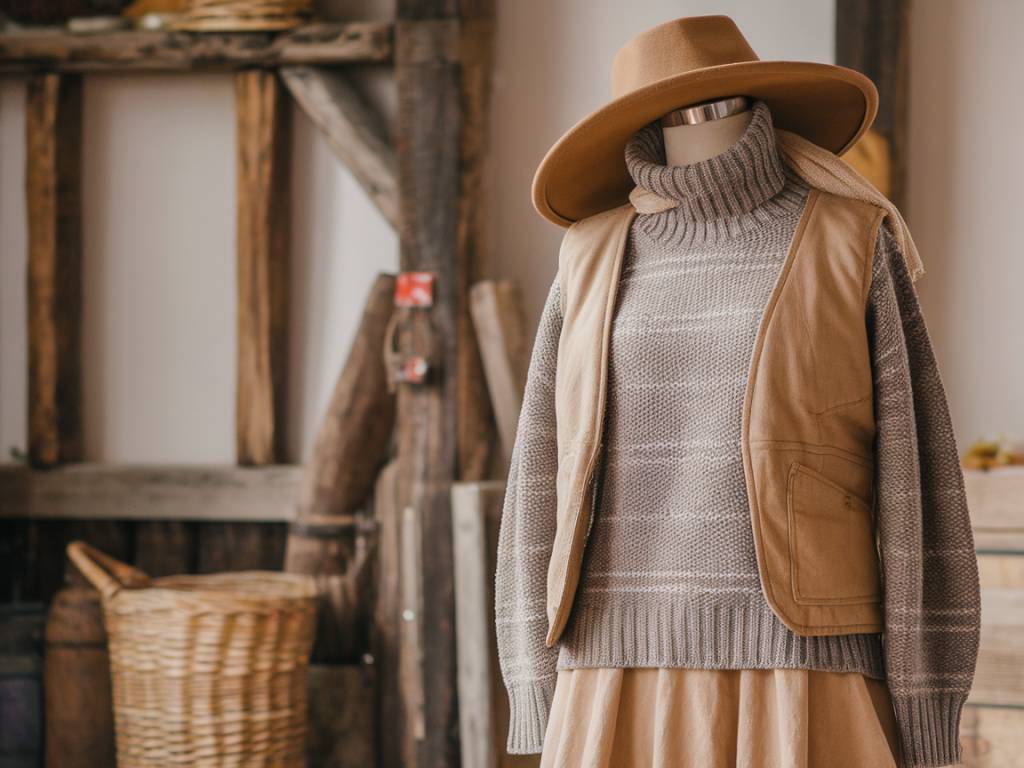A Healing Oasis in the Heart of Rome for Young Cancer Warriors
A new therapeutic garden dedicated to children undergoing oncology treatment has opened its gates in Rome, offering a vibrant sanctuary where play, nature and healing converge. Designed by the Peter Pan ODV Foundation, this unique outdoor space enriches the organisation’s existing model of care by placing the needs of young patients and their families at its centre. With colourful flowers, aromatic plants and specially crafted play zones, the garden provides a moment of respite and joy during challenging times.
Playgrounds That Foster Joy and Movement
The therapeutic garden features thoughtfully designed play areas that invite children to engage in free, unstructured play. These zones include:
By integrating safe, colourful equipment, the garden aims to rekindle the simple joys of childhood—running, climbing and imaginative games—helping young patients momentarily forget the confines of treatment wards.
Winding Pathways for Sensory Exploration
Beyond traditional playground features, the garden introduces winding sensory pathways lined with aromatic herbs and vibrant blossoms. Walking these routes offers multiple therapeutic benefits:
Each pathway encourages mindful walking, giving families shared moments of calm and connection amidst the garden’s natural beauty.
The Power of Nature in Recovery
Research has long shown that access to green spaces supports psychological and physical recovery. In the context of paediatric oncology, time spent outdoors can:
By embedding therapeutic horticulture at the heart of its care programme, Peter Pan ODV leverages these nature-based interventions to complement medical treatment and holistic support.
Aromatic Photo Corners and Colourful Flower Beds
Scattered throughout the garden are dedicated photo corners framed by archways of climbing roses and jasmine, inviting families to capture moments of joy. Flower beds bursting with sunflowers, zinnias and daisies serve as living art installations, their bright faces symbolising hope and renewal.
These botanical elements not only beautify the space but also engage children in simple gardening tasks—watering, planting seeds and observing growth—which can instil a sense of agency and accomplishment.
Design with Accessibility and Comfort in Mind
Careful attention has been paid to ensure the garden is fully accessible to children with mobility challenges or those using wheelchairs. Key design features include:
These thoughtful touches create an inclusive environment where every child can participate in outdoor activities comfortably and safely.
Supporting Families Far from Home
For many families, oncology treatment requires prolonged stays in Rome, often far from their hometowns. This can lead to feelings of isolation and emotional strain. According to Ferdinando Ricci, Director General of Peter Pan ODV:
“Our young guests now have an additional space designed just for them—one that enriches our care model centred on the needs of children and their families, who frequently stay away from home for long periods.”
By offering a serene escape from hospital corridors, the garden helps restore a sense of normalcy and provides precious quality time for families to bond outside clinical settings.
How to Visit and Support the Garden
The therapeutic garden is located adjacent to key paediatric oncology wards in Rome, with access coordinated by the Peter Pan ODV Foundation. Families currently receiving care can arrange visits through their medical team or social services liaison. For those wishing to support the project, opportunities include:
Each contribution helps sustain and expand this vital green haven, ensuring it continues to nurture countless young warriors and their loved ones.
An Invitation to Hope and Renewal
In a world where paediatric oncology often feels dominated by sterile environments and clinical routines, the new therapeutic garden in Rome blossoms as an oasis of hope. By blending play, sensory experiences and nature’s healing touch, this innovative project embodies a heartwarming commitment to the well-being of children and families facing cancer. It stands as a living testament to the power of compassionate design and community support in creating brighter days for young patients.









